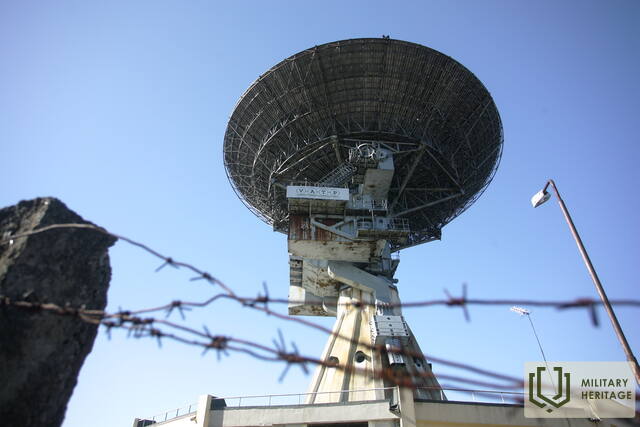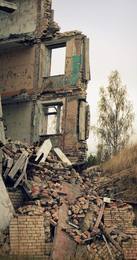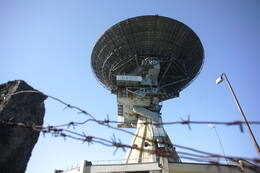Irbenės radijo teleskopų pažeidimai
Prieš palikdama Irbenę, sovietų armija sugadino visas radijo teleskopų sistemas.
Yra versija, kad jiems išvykstant buvo planuota juos susprogdinti, tačiau po radijo astronomų ir mokslininkų protestų jie liko nepažeisti /yra dvi prieštaringos versijos apie susprogdinimą – pagal vieną, tai norėjo padaryti kariškiai, pagal kitą – Latvija perėmė karinę bazę. Galbūt bijodami, kad išvykusieji gali planuoti greitai grįžti.../. Tiesa, išvykdami kariškiai, kaip visada, sugadino antenų sistemas – į kabelius buvo įkaltos vinys, elektros varikliai aplieti rūgštimi, o valdymo blokai tapo netinkami naudoti.
www.diggers.lv; www.necton.lv; www.ostrog.lv ir kiti šaltiniai
Susijusi laiko juosta
Susijusios temos
Susijusios vietos
Žvaigždė - Irbenės kariniai pastatai
200 hektarų ploto teritorija kadaise buvo itin slapta karinė bazė, kurioje buvo įsikūręs 51429 karinis dalinys.







